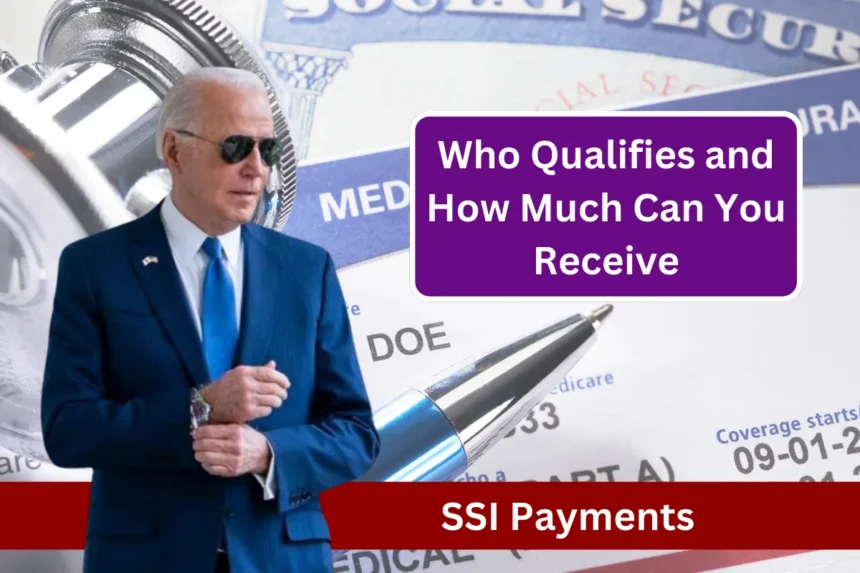Many people in the United States rely on Supplemental Security Income (SSI) to help cover their living expenses and escape poverty. SSI provides crucial financial assistance to low-income individuals and families, especially those with disabilities. If you’re eligible for SSI, it’s important to stay informed about your payment schedule and benefits. This guide will help you understand how SSI works, who qualifies, and what to expect from your payments.
What is Supplemental Security Income (SSI)?
SSI is a government program that offers financial support to people with low income, disabilities, or those aged 65 and older. This program is not funded by Social Security taxes but by the general revenues of the U.S. Treasury. SSI payments help cover basic needs such as food, clothing, and shelter.
How Much Can You Receive from SSI?
Individual beneficiaries can receive up to $943 per month, while eligible couples can receive up to $1,415. Additionally, if an SSI recipient lives with a significant other, they may get an extra payment of $472. These amounts include a cost-of-living adjustment (COLA) that keeps up with inflation.
When Will You Receive Your SSI Payment?
SSI payments are typically sent on the first of each month. If the first falls on a weekend or federal holiday, payments are sent on the previous business day. Here are the upcoming payment dates for 2024:
- July 1st (Monday)
- August 1st (Thursday)
- August 30th (Friday, for September)
- October 1st (Tuesday)
- November 1st (Friday)
- November 29th (Friday, for December)
Who is Eligible for SSI?
SSI is aimed at low-income individuals and families. To qualify, you must meet specific income and resource limits. For individuals, the resource limit is about $2,000, and for couples, it’s about $3,000. Resources include assets like cars and bank accounts. Additionally, working individuals earning less than $1,971 per month, or couples applying for child support, may be eligible. The SSI tool provided by the Social Security Administration (SSA) can help you determine your eligibility and start the application process.
Can You Receive Additional Benefits?
Yes, it’s possible to qualify for both SSI and Social Security Disability Insurance (SSDI). SSDI benefits are based on your work history and average lifetime earnings, while SSI benefits are based on financial need and disability. However, the total of both payments cannot exceed the maximum SSI benefit amount. Understanding the eligibility requirements for both programs can help you maximize your benefits.
SSI plays a vital role in helping low-income Americans and disabled individuals manage their daily living expenses. By staying informed about your eligibility and payment schedule, you can ensure you receive the support you need. If you think you might qualify for SSI or SSDI, take the time to explore your options and apply for benefits. The SSA provides tools and resources to help you through the process, ensuring you get the assistance you deserve.
1. What is the maximum monthly SSI payment for individuals and couples?
The maximum monthly SSI payment is $943 for individuals and $1,415 for eligible couples.
2. When are SSI payments typically sent?
SSI payments are usually sent on the first of each month. If the first falls on a weekend or holiday, payments are sent on the prior business day.
3. How are SSI and SSDI different?
SSI is based on financial need and disability, while SSDI is based on disability and work history. SSDI typically provides higher benefits.
4. What are the resource limits for SSI eligibility?
The resource limits are $2,000 for individuals and $3,000 for couples. Resources include assets like cars and bank accounts.
5. Can you receive both SSI and SSDI benefits?
Yes, some individuals qualify for both programs. However, the total amount received from both cannot exceed the maximum SSI benefit.




